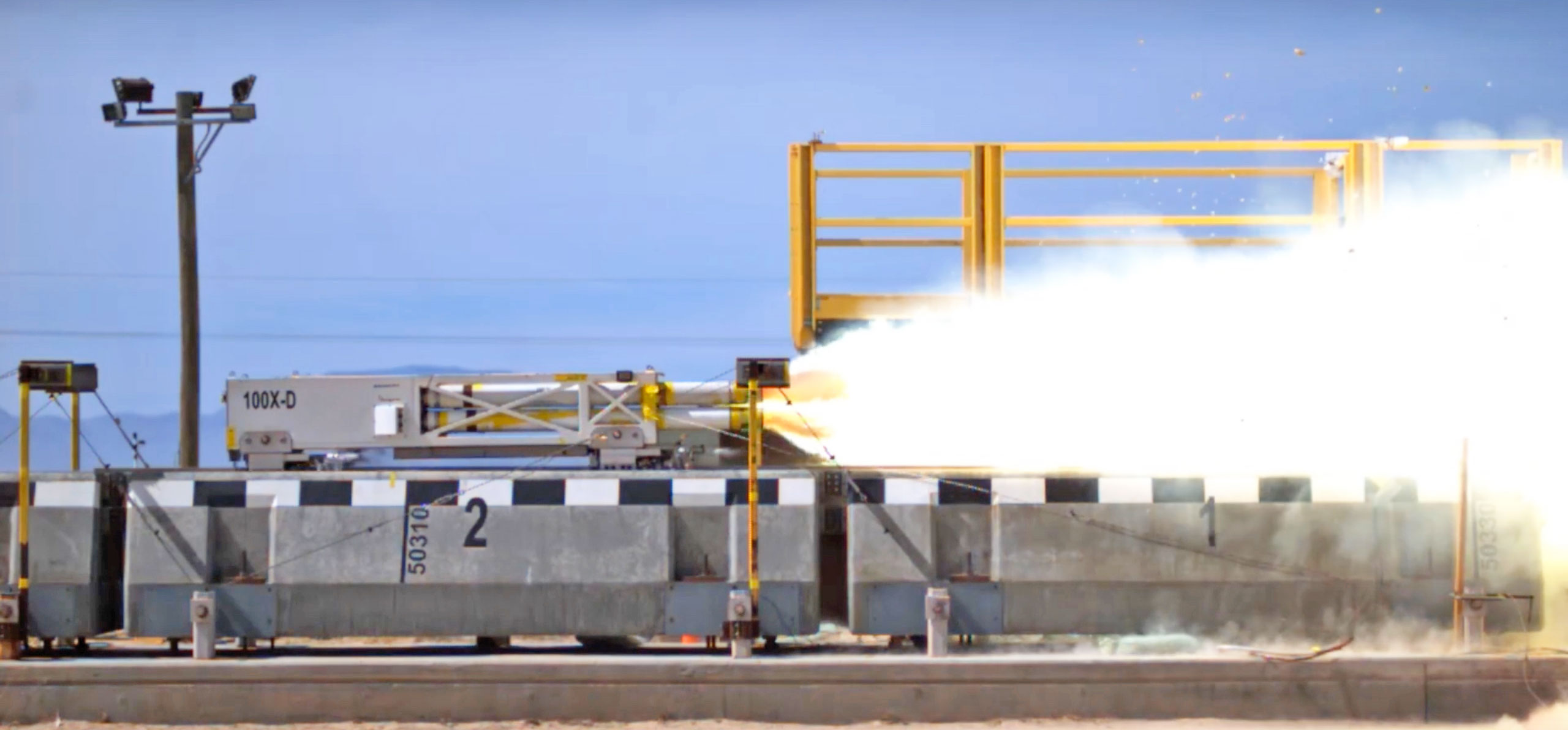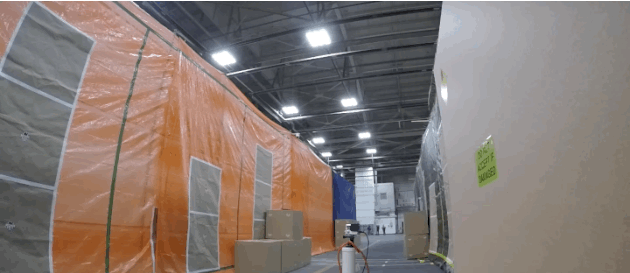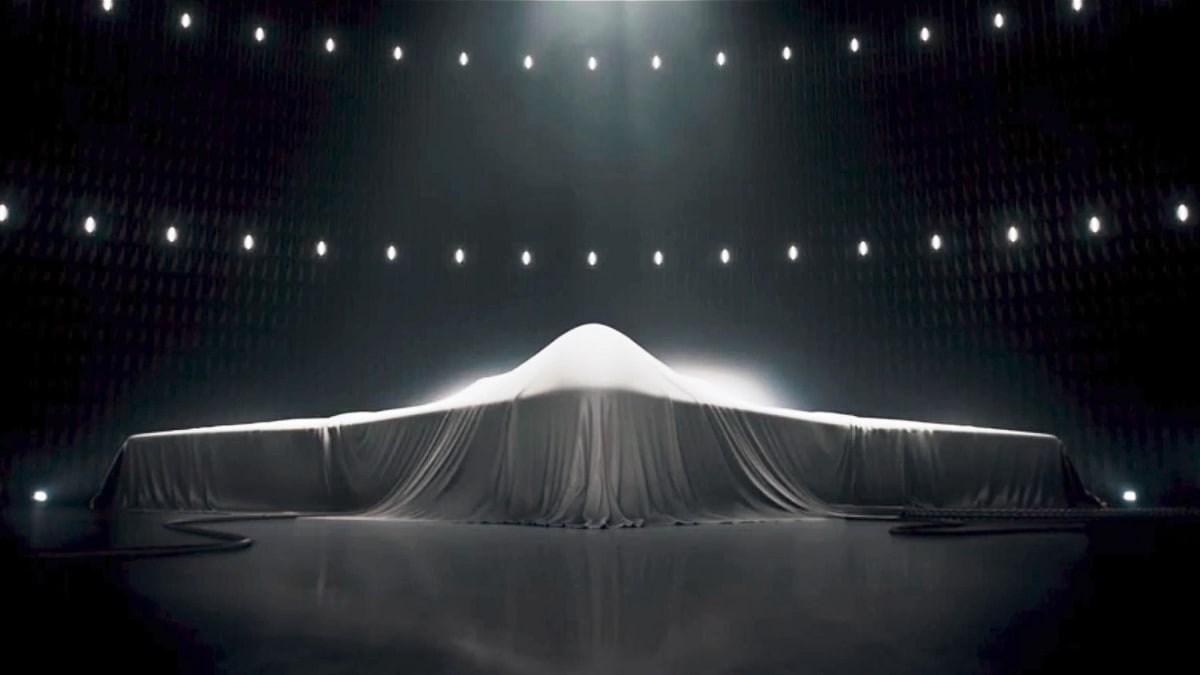
Many have lamented the seeming decline of the US space program. While we're not expecting an immediate return to the halcyon days, the President's proposed federal budget for fiscal 2014 could see some renewed ambition. NASA's slice of the pie includes a plan that would improve detection of near-Earth asteroids, send a solar-powered robot ship (like the NASA concept above) to capture one of the space rocks and tow it back to a stable orbit near Earth, where researchers could study it up close. The agency would have humans setting foot on the asteroid by 2025, or even as soon as 2021. It's a grand goal to say the least, but we'd potentially learn more about solar propulsion and defenses against asteroid collisions.
If NASA's plans mostly involve the future, the US Air Force budget is looking into the past. It's setting aside $35 million for a long-discussed resurrection of the Deep Space Climate Observatory satellite, also known as DSCOVR -- a vehicle that was scuppered in 2001 due to cost overruns, among other factors. Run by NOAA once aloft, the modernized satellite would focus on warning the Earth about incoming solar winds. That's just one of the satellite's original missions, but the November 2014 launch target is relatively realistic -- and we'll need it when the satellite currently fulfilling the role is overdue for a replacement.
Filed under: Robots, Science
Comments
Via: Space.com
Source: NASA, AP (Yahoo)
 If a major war ever happens, low-Earth orbit could turn into a combat zone. To that end, the US Air Force Space Command has created the "Space Mission Force" to train soldiers to operate military satellites in response to threats. "Adversaries have d...
If a major war ever happens, low-Earth orbit could turn into a combat zone. To that end, the US Air Force Space Command has created the "Space Mission Force" to train soldiers to operate military satellites in response to threats. "Adversaries have d...
 If a major war ever happens, low-Earth orbit could turn into a combat zone. To that end, the US Air Force Space Command has created the "Space Mission Force" to train soldiers to operate military satellites in response to threats. "Adversaries have d...
If a major war ever happens, low-Earth orbit could turn into a combat zone. To that end, the US Air Force Space Command has created the "Space Mission Force" to train soldiers to operate military satellites in response to threats. "Adversaries have d...
 The US Air Force has smashed the world speed record for a vehicle aided by magnetic levitation, or "mag lev." The 846th Test Squadron at the Holloman Air Force Base broke the milestone twice -- first hitting 513MPH, then topping 633MPH a few days lat...
The US Air Force has smashed the world speed record for a vehicle aided by magnetic levitation, or "mag lev." The 846th Test Squadron at the Holloman Air Force Base broke the milestone twice -- first hitting 513MPH, then topping 633MPH a few days lat...
 It's been a bit since we last saw DARPA's bird-of-prey inspired drone system, but the government's mad science wing hasn't been sitting idle. The Fast Lightweight Autonomy program recently took one of its drones on an indoor test flight where there l...
It's been a bit since we last saw DARPA's bird-of-prey inspired drone system, but the government's mad science wing hasn't been sitting idle. The Fast Lightweight Autonomy program recently took one of its drones on an indoor test flight where there l...
 The US Air Force is hurting for drone pilots, and it's willing to take an unusual step to make sure its unmanned aircraft are well-staffed: it's letting the enlisted ranks fly. As of next year, non-officers can pilot the RQ-4 Global Hawk recon drone...
The US Air Force is hurting for drone pilots, and it's willing to take an unusual step to make sure its unmanned aircraft are well-staffed: it's letting the enlisted ranks fly. As of next year, non-officers can pilot the RQ-4 Global Hawk recon drone...
 Firefighters, police and soldiers don't have many good options when they want to breach a door: blowtorches and lock picks are usually slow, while battering rams, explosives and guns aren't exactly subtle. The US Air Force and EMPI recently crafted...
Firefighters, police and soldiers don't have many good options when they want to breach a door: blowtorches and lock picks are usually slow, while battering rams, explosives and guns aren't exactly subtle. The US Air Force and EMPI recently crafted...
 Defense Secretary Ash Carter and Air Force Secretary Deborah Lee James announced on Tuesday that the DoD has awarded Northrop Grumman the lead contract for the US military's upcoming Long-Range Strike Bomber (LRSB). The contract is valued $60 billi...
Defense Secretary Ash Carter and Air Force Secretary Deborah Lee James announced on Tuesday that the DoD has awarded Northrop Grumman the lead contract for the US military's upcoming Long-Range Strike Bomber (LRSB). The contract is valued $60 billi...





